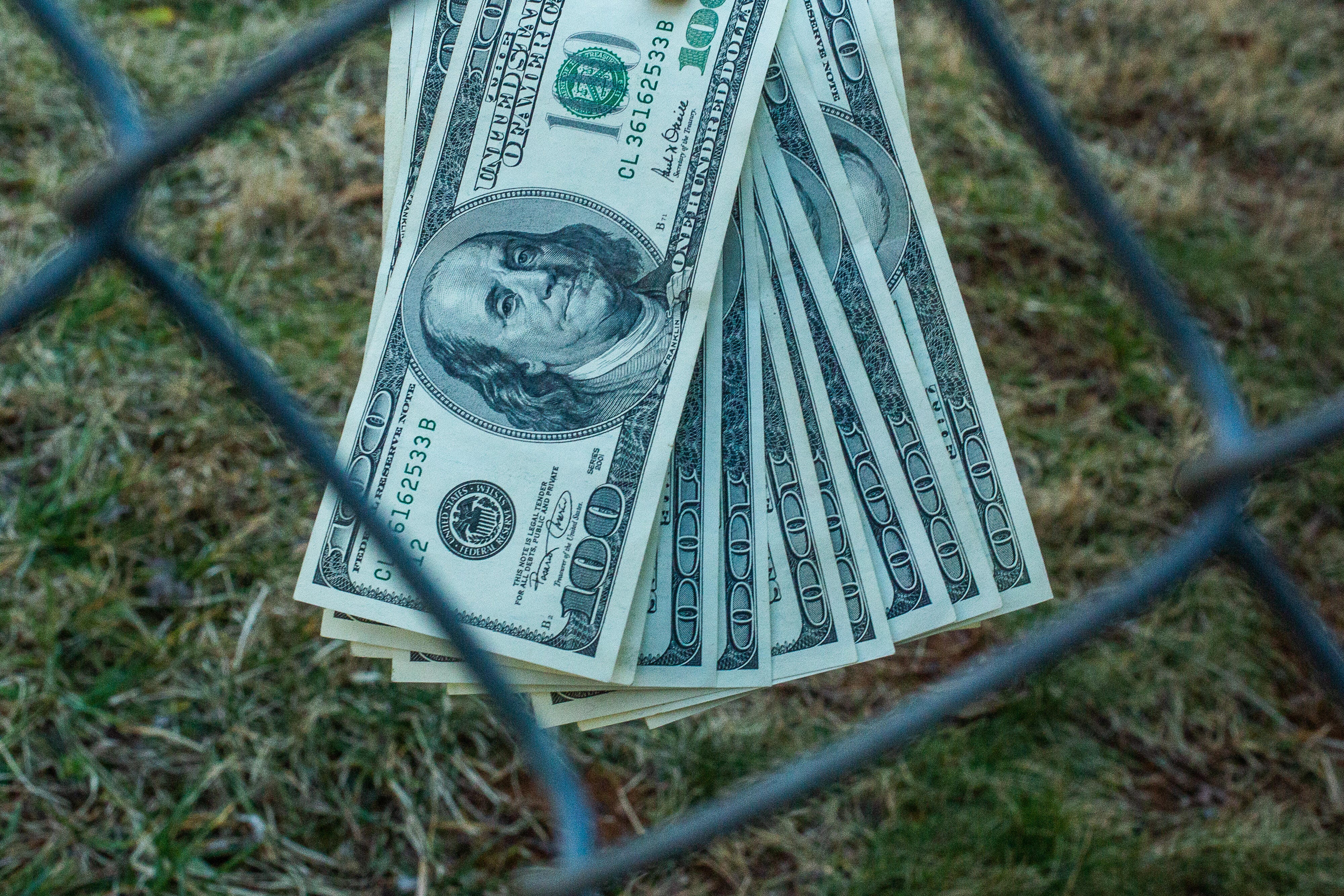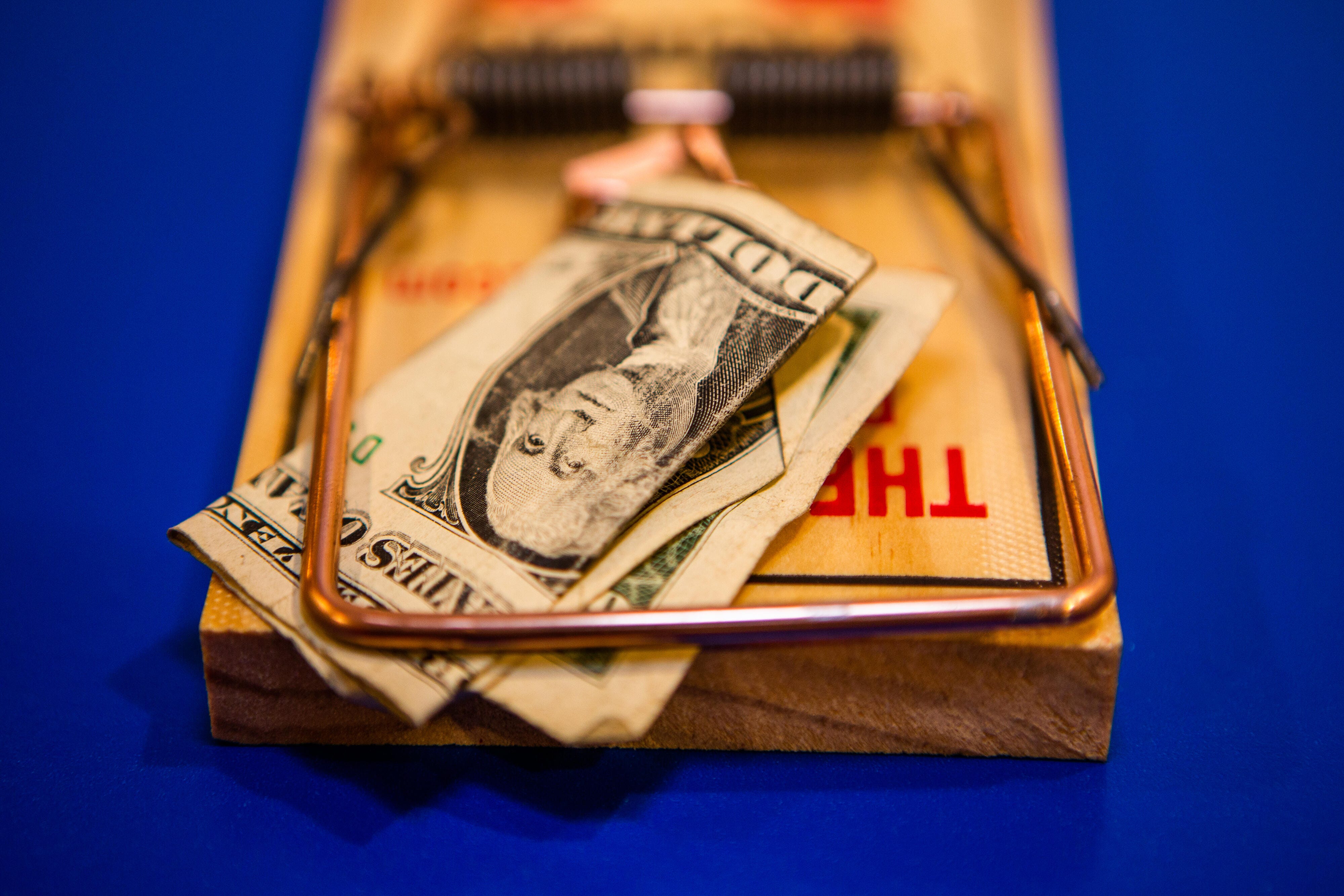How To Get Extra 300 Unemployment

The September termination of unemployment benefits was considered the largest in US history.
Sarah Tew/CNETFor the most up-to-date news and information about the coronavirus pandemic, visit the WHO and CDC websites.
After the pandemic-related expansion of unemployment insurance ended on Sept. 6, roughly 7.5 million people lost their benefits entirely, with millions more losing the $300 weekly bonus checks. The temporary federal benefits -- which included coverage for those normally ineligible for jobless aid, like gig workers and the long-term unemployed -- were in place since spring 2020 to help those who lost income from COVID-19 restrictions or layoffs.
This week, a group of Democratic lawmakers, led by Reps. Cori Bush and Alexandria Ocasio-Cortez, called to reform the unemployment system in the coming $3.5 trillion House spending plan. In a Sept. 16 letter, they noted that the country now "denies life-saving resources to over two-thirds" of those without jobs, as aid now covers "less than half of lost wages." They also noted that 90% of unemployed workers and "especially Black and Brown communities" have been left with no benefits at all.
Roughly two dozen states had already stopped the emergency federal programs early over the summer, with governors claiming the extra unemployment insurance was discouraging people from taking available jobs. Yet new Labor Department data confirms that cutting off the benefits provided no improvement in job growth or hiring. Various studies have noted that the key factors in slow labor market recovery are ongoing safety concerns, low wages or family care responsibilities.
With the uptick indelta-variant cases, the COVID era hasn't come to a close. Could the White House renew those extra benefits? What can people do who need unemployment coverage to make ends meet? We'll explain below. This story has been recently updated.
Who lost federal unemployment benefits on Labor Day?
At the very start of the pandemic, the March 2020 CARES Act established temporary federal unemployment aid programs, and the American Rescue Plan in March 2021 extended those benefits to Labor Day. Here's who was affected by the programs' expiration, according to a detailed analysis of Labor Department data by the Century Foundation.
More than 3 million additional people lost Federal Pandemic Unemployment Compensation, the weekly bonus -- initially $600, then $300 -- that helped out-of-work Americans supplement benefits and recover some lost wages. If you're still eligible to collect state unemployment insurance (that is, if you haven't exhausted the maximum duration of coverage), you'll continue to receive some compensation after the cutoff. But the amount will be lower without the weekly $300 bonus.
Some 3.3 million people lost all their Pandemic Emergency Unemployment Compensation, or PEUC, which extended aid to those who had already exhausted their state's benefits period (usually 26 weeks). This category includes workers who would have no longer been eligible to receive unemployment because they passed their state's benefit window. The program provided up to 53 weeks of additional aid for those who had exceeded state allowances.
Another 4.2 million people lost Pandemic Unemployment Assistance, or PUA, which covered workers not typically eligible for federal or state unemployment compensation, including freelancers, gig workers, independent contractors and part-time workers. During the pandemic, the program also supported those who couldn't work because they were taking care of a dependent.
That's not the full picture of everyone affected by unemployment. Reported jobless rates generally don't account for those who have left the labor force entirely and are no longer counted as looking for work, such as the long-term unemployed.
Those at a major disadvantage are workers in frontline industries, especially Black workers -- whose current unemployment rate is around 10%. Also, women have been particularly hard hit (PDF) by pandemic-related job losses, and were heavily responsible for taking care of children or family members during the pandemic.
Could pandemic benefits be reinstated?
As the federal expiration deadline approached, White House officials made it clear they were not planning to continue the enhanced jobless benefits past Labor Day, saying they were intended to be temporary. When multiple states pulled out of pandemic-era unemployment programs prematurely during the summer, Labor Department officials had said their hands were tied and they couldn't counter decisions by governors.
On Sept. 15, Rep. Alexandria Ocasio-Cortez announced that she would be introducing a bill to retroactively extend enhanced jobless benefits until February 2022. Saying she's not sure of the prospects of the legislation being passed, Ocasio-Cortez noted that she "could not allow this to happen without at least trying." The following day, she and 12 other Democratic lawmakers wrote a letter to the House leadership urging them to include an expansion of unemployment aid in the $3.5 trillion budget package known as the Build Back Better Act.
For now, President Joe Biden has seemed to pass the buck to the states, telling governors they can use recovery funds to help those struggling with unemployment. According to an Aug. 19 letter by Labor and Treasury Department officials, states can use $350 billion of pandemic funds that Congress allocated in the American Rescue Plan to continue paying unemployed workers. The letter says that in areas where unemployment remains high, "it may make sense for unemployed workers to continue receiving additional assistance for a longer period of time," which would allow those individuals to find a job.
It's not clear at this time which states will choose to use any leftover pandemic funds to continue jobless benefits. According to a CBS News report, not every state has shut the door to continuing some benefits, with some local officials reviewing options for providing assistance after the Labor Day expiration.

Now playing: Watch this: Child tax credit: Everything we know
4:17
Why did benefits end early in so many states?
Citing labor shortages in the spring, 26 state governors claimed pandemic-related unemployment benefits were producing limited incentives for workers to take jobs. Many economists and analysts disagreed, highlighting several factors that prevented people from finding suitable work, including low wages, lack of health care, inadequate child care and fear of contracting COVID-19.
With unemployment claims still fluctuating as the economy struggles to return to pre-pandemic "normalcy," reports are showing that the early cancellation of the federal programs had little impact on labor markets. A recent JP Morgan Chase Institute study (PDF) confirmed that states that ended supplemental unemployment insurance programs during the summer saw a limited impact on job growth.
According to an August report by the Century Foundation's Andrew Stettner, "Politics, not economics, drove the attack on unemployment insurance." The states that cut off the enhanced benefits before the federal expiration were mostly Republican-led.
Arkansas, Indiana and Maryland were slated to cut off benefits early, but successful lawsuits forced those states to preserve the federal coverage, at least temporarily. In issuing their rulings, judges noted that the ending of benefits made it harder for the unemployed to afford basic needs. Lawsuits were also filed against state governors elsewhere, which were either denied by judges or are still held up in the courts.
Some states and employers started offering financial incentives for individuals to find work. Since each state has different requirements, check to see if there are signing bonuses where you live.

As the economy still recovers, the end of pandemic aid can feel like a trap for millions without a job.
Sarah Tew/CNETIs it too late to apply for unemployment insurance?
If you've been laid off or furloughed, you can apply for unemployment benefits in your state. Once the state approves your claim, you can apply to receive whatever state benefits you're entitled to. Because states cover 30% to 50% of a person's wages, there isn't a single sum you could expect on a national basis. Each state's unemployment insurance office provides information to file a claim with the program in the state where you worked. Some claims may be filed in person, by phone or online, so it's best to contact your state's office directly.
Eligibility criteria vary from state to state, but the general rule is that you should apply if you've lost your job or been laid off through no fault of your own, including if it was due directly or indirectly to the pandemic. You can check on your state's requirements here. In February, the Department of Labor updated its unemployment eligibility requirements to include people who refused to return to work due to unsafe coronavirus standards.
As for self-employed workers and freelancers who are losing PUA coverage, some online groups are calling to extend pandemic unemployment programs through the crisis and offer more information.
You might also want to know about the IRS issuing refunds to those who weretaxed on their 2020 unemployment benefits. And here's an important primer on the 2021 enhancedchild tax credit, which is offering millions of families extra money in advance of next year's taxes.
How To Get Extra 300 Unemployment
Source: https://www.cnet.com/personal-finance/your-money/pandemic-unemployment-benefits-expired-on-labor-day-could-they-be-renewed/
Posted by: zimmerandreas.blogspot.com

0 Response to "How To Get Extra 300 Unemployment"
Post a Comment